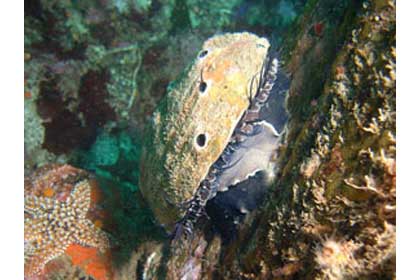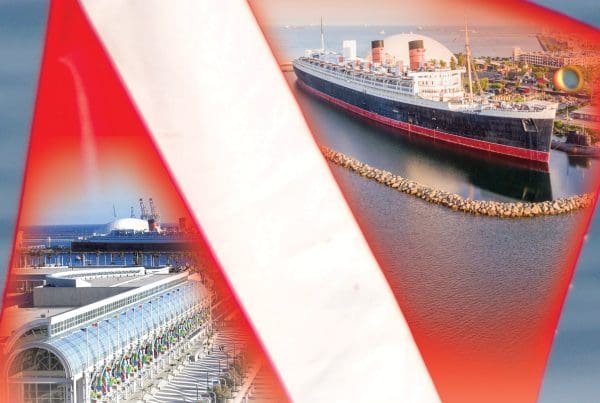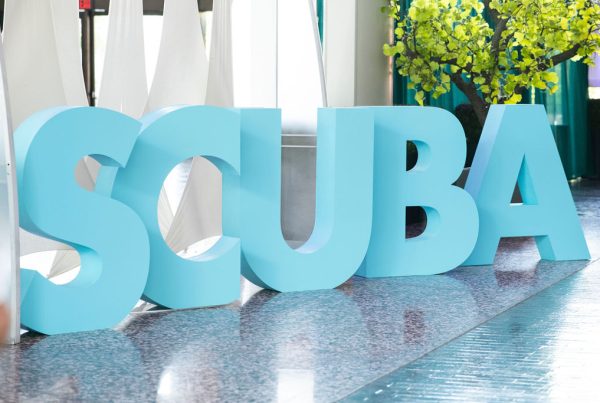The California Department of Fish and Wildlife (CDFW), formerly known as the California Department of Fish and Game, is seeking stakeholder input regarding regulation options to reduce the take of abalone in 2014.
A key goal of abalone management is to provide for a productive and sustainable fishery. CDFW conducts annual field surveys to assess abalone population status and track changes in density (the number of abalone per given area) at established survey sites. Results from recent surveys have shown downward trends in abalone numbers, particularly in Sonoma County. These trends appear to have worsened as a result of the August 2011 die-off that was related to an unusual harmful algal bloom, also known as a “red tide.”
Abalone are easily overfished. They have slow growth, infrequent reproductive success, vulnerability to fishery-related injuries, high mortality of small animals, and need high densities for successful reproduction. These factors limit the ability of abalone to withstand a fishery. An abalone fishery could take decades to recover from collapse. Great care will be needed to prevent the northern California red abalone fishery from collapsing.
Because the abalone decline has reached predetermined trigger points for taking management action, the CDFW must develop options for fishing regulations that will reduce the take of abalone, thereby reducing the risk of overfishing and improving the health of the resource. These proposed regulations will be presented to the Fish and Wildlife Commission for consideration later this year.
Two management actions are mandated by the Abalone Recovery and Management Plan (ARMP) for consideration based on the density triggers reached: reducing the overall red abalone fishery take by 25 percent, and closing the Fort Ross area to allow for recovery at that particular site, where abundance is especially low.
Constituent involvement is an important part of successful fishery management. Therefore, CDFW is conducting an online survey, available at www.dfg.ca.gov/marine/abalonesurvey, to gather input from people who are interested in the abalone fishery. Anyone with an interest in this fishery is encouraged to take a few minutes to provide feedback on the various options presented in the survey.
The ARMP is available online at www.dfg.ca.gov/marine/armp/index.asp. For additional information, please contact Ian Taniguchi at [email protected] or (562) 342-7182.
AbaloneRegs
Currently, sport harvesting of red abalone is permitted with a California fishing license and an abalone stamp card and set of tags. Abalone may only be taken using breath-hold techniques or shorepicking; scuba diving for abalone is strictly prohibited. Taking of abalone is not permitted south of the mouth of the San Francisco Bay. There is a size minimum of seven inches (178 mm) measured across the shell and a quantity limit of three per day and 24 per year. Legal-size abalone must be tagged immediately. A person may be in possession of only three abalone at any given time. Abalone may only be taken from April to November, not including July. Transportation of abalone may only legally occur while the abalone is still attached in the shell. Sale of sport-obtained abalone is illegal, including the shell. Only red abalone may be taken; black, white, pink, and flat abalone are protected by law.










